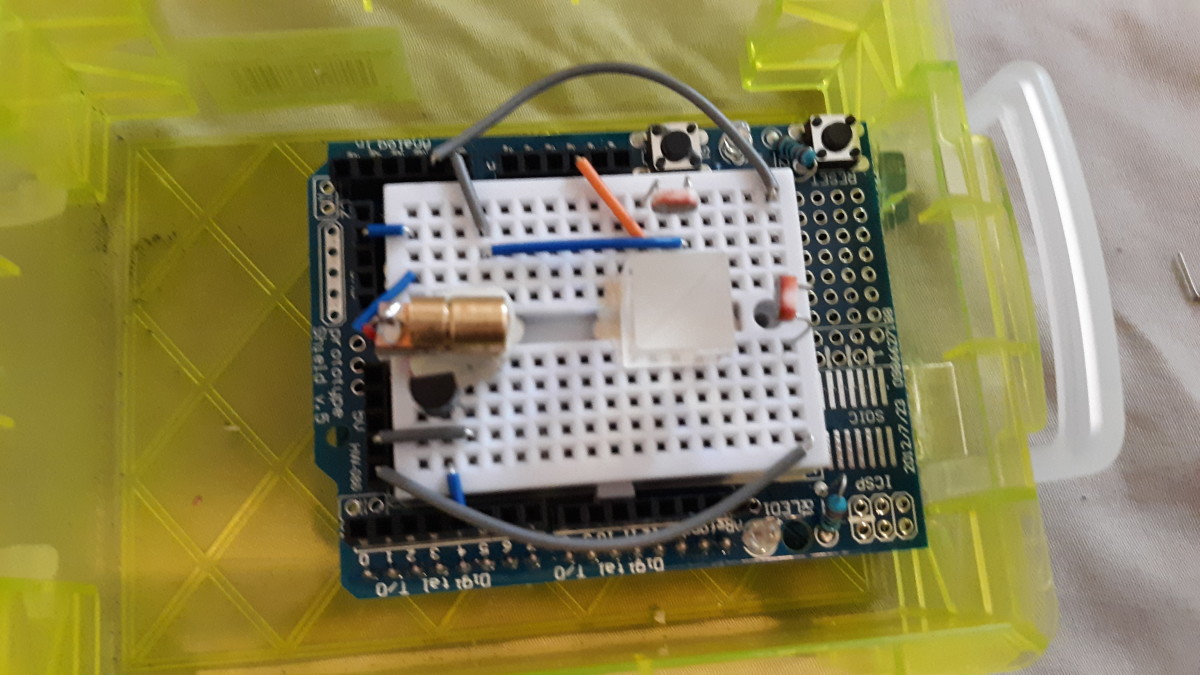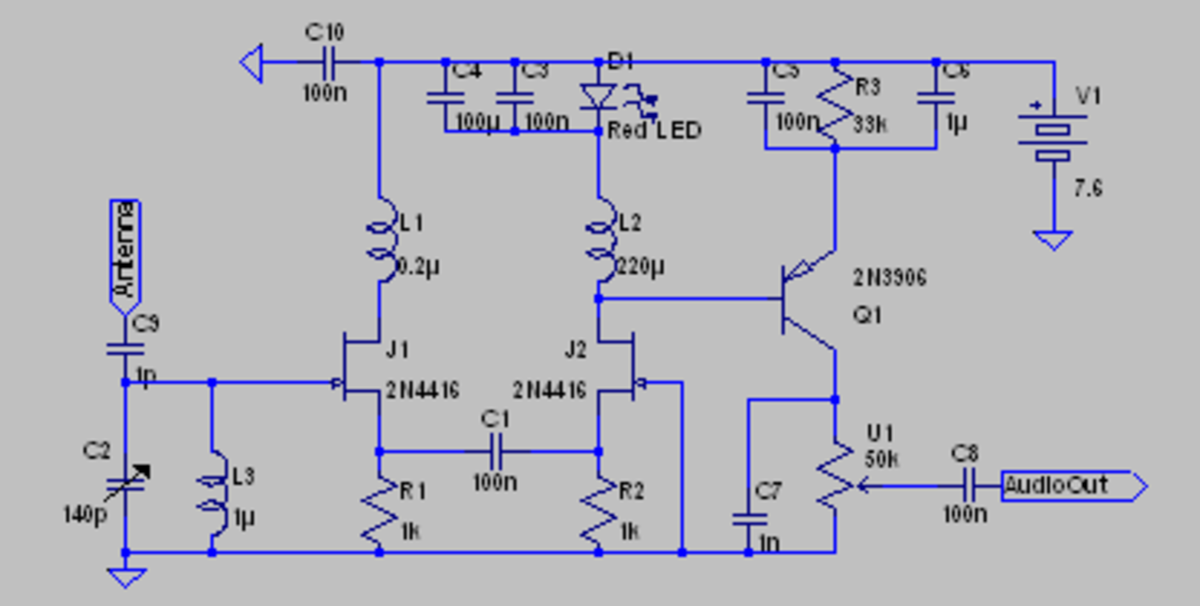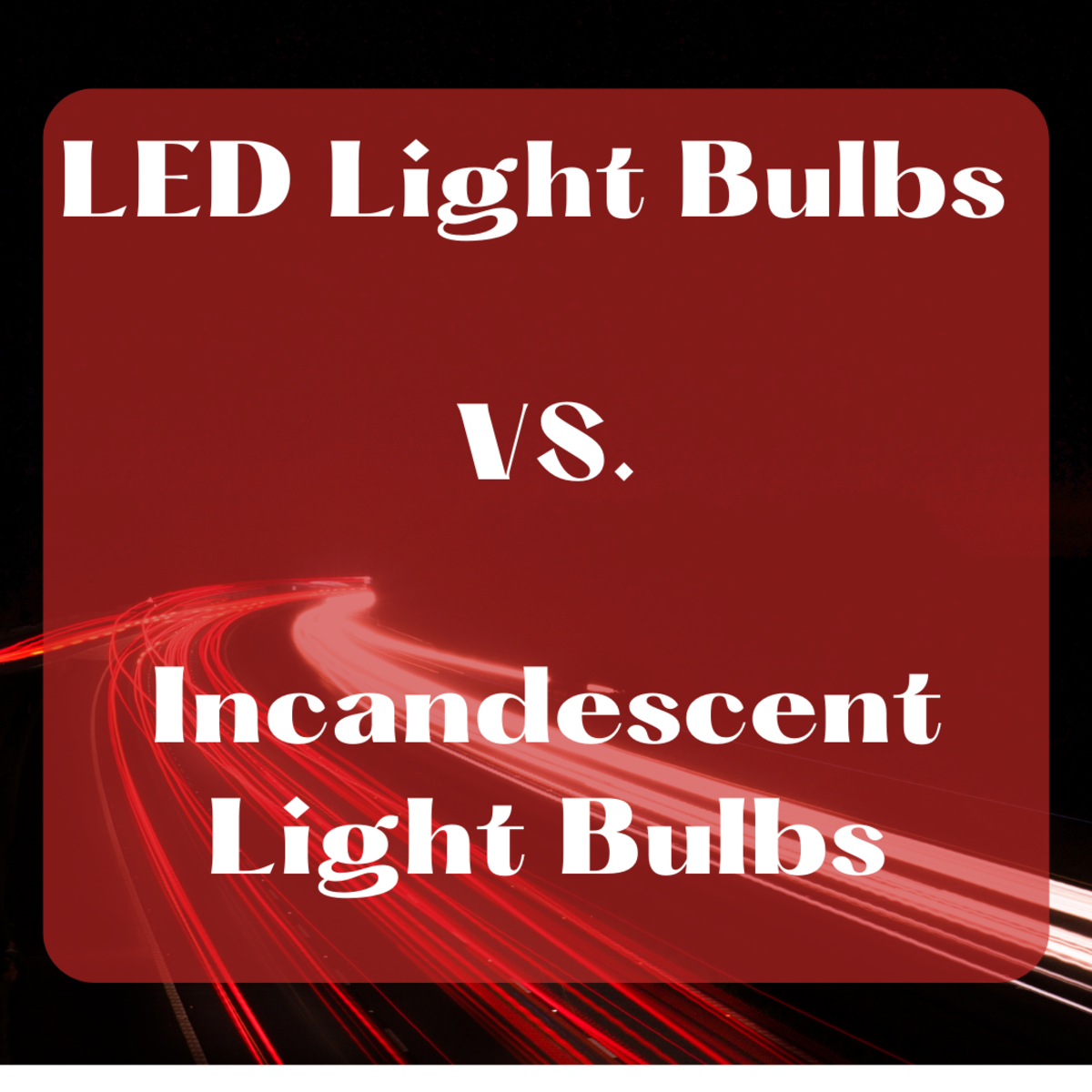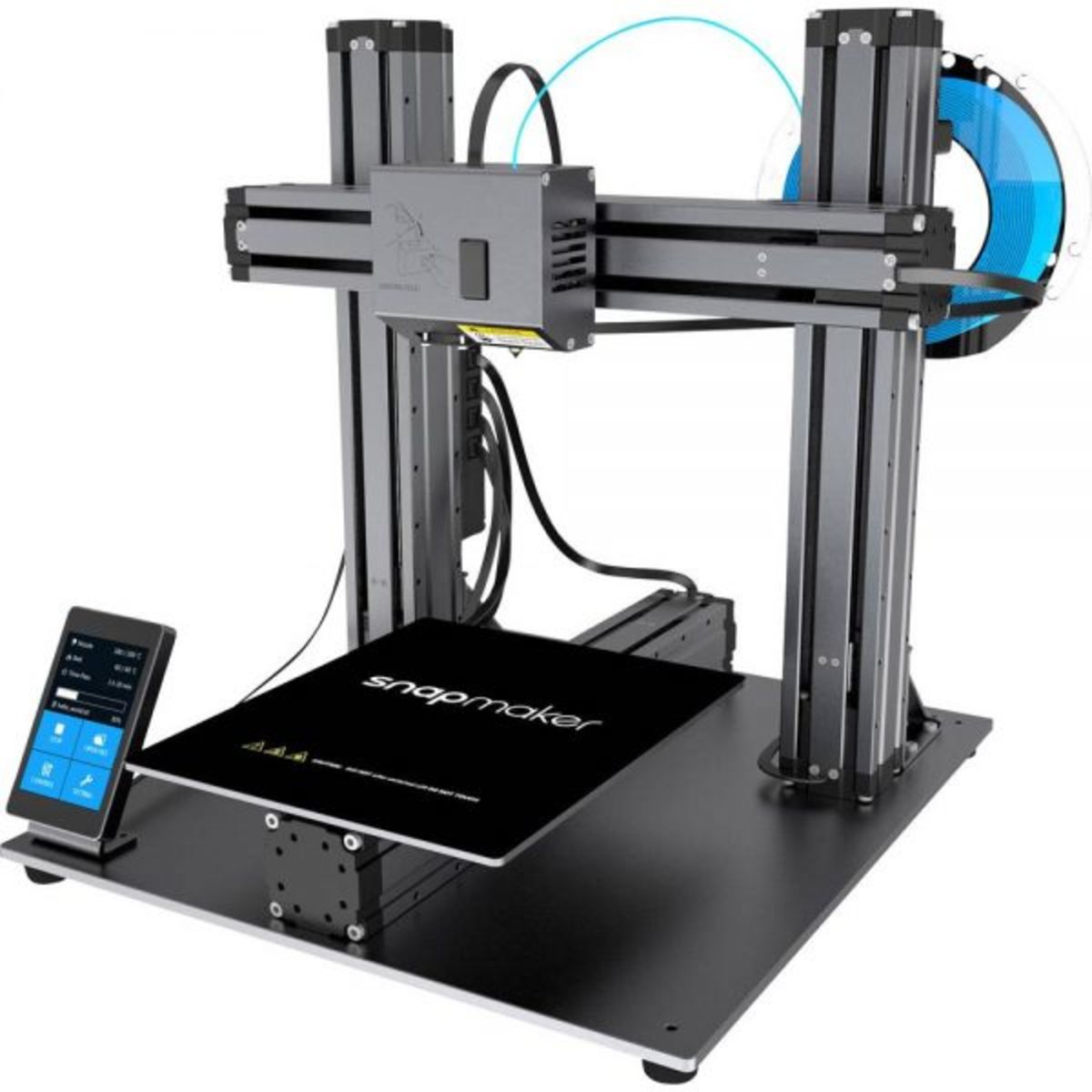Light Emitting Diode Embedded in Fiber Optics
Growing an LED in Fiber Optics
Scientists at the Massachusetts Institute of Technology discovered a way to embed a Light Emitting Diode into Fiber as the Fiber Optic is being formed.
This is quite a feat. By placing the LED directly inside the fiber the light source can be integrated directly into the fiber, the LED will draw less power, the whole circuit itself can be made much smaller, and the problem of having different systems support light signal communication can be reduced substantially. Currently light fiber circuit consist of a light emitting diode circuit that is physically connected to the fibers. This is two distinct items and anywhere there are two systems to be joined there is a potential breakdown in that join.

How To Create A Fiber Optic LED
How Fiber Optics are Typically Formed
Fiber Optics
typically start with a rod-shaped glass billet heated to just the
temperature of melting. The billet is then drawn through a die (an
opening of the desired diameter) into a thin rod. As the glass is drawn
it cools and cladding is added to protect the glass fiber, much the way copper wire is coated with plastic to both protect it and prevent short circuits.
These thin glass fibers are typically the thickness of a human hair if not slightly thinner.
How the Light Emitting Diode is Formed in the Fiber
First,
the materials typically used to form LEDs, zinc and selenium, have much
higher melting points than glass. The circuit required to make an LED
within the glass has to melt at about the same temperatures as the glass
itself.
To get around this problem the engineers at MIT mixed zinc with tin and selenium with sulfur. This effectively reduced the melting point of these two metals.
They then drilled small holes into the glass billet, prior to it being drawn, and placed the zinc/tin compound in the holes. Finally, they added a thin layer of selenium sulfur to the top of the zinc/tin plugs.
At this point the two compounds capable of forming an LED are too far apart to do anything useful, but as the glass billet is heated and drawn to form a fiber the two compounds are brought close enough together to interact.
When the fiber is drawn to the right diameter the two alloys (zinc/tin and selenium/sulfur) flow along with the glass. The two alloys, being drawn into a thin filament, are now close enough to each other to react. They form a crystal with the ideal properties of an LED junction. Voila, the LED is formed as the glass is drawn.
The process, once understood, is very simple and works on existing equipment.
This means the LED embedded in the glass fiber is easy to produce and very cost effective.
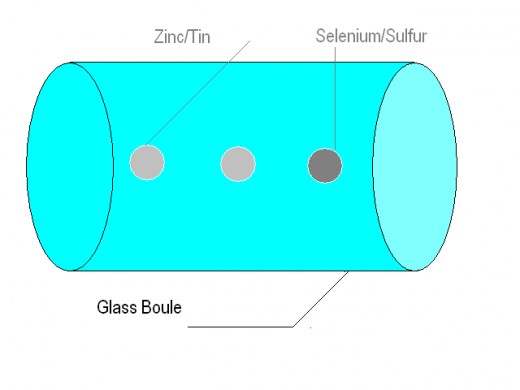
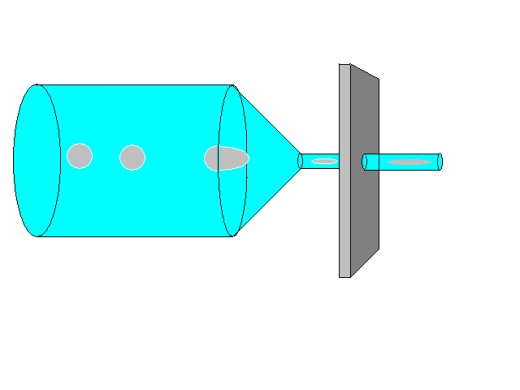
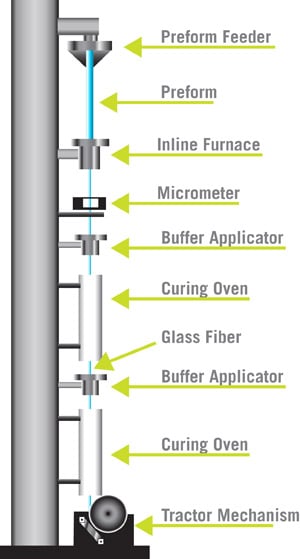
A Circuit is Formed
As the glass fiber is drawn thinner the zinc/tin and selenium sulfur compounds interact and form a crystal semi-conductor called zinc selenide. The tin introduced to lower the melting point of the zinc automatically forms wires. (see image 2 right)
Spaced LEDs
By spacing the zinc/tin compound at regular intervals before the billet is pulled, the scientists can control with great accuracy spacing between the LEDs. In essence they can create fiber optic relay device as part of the glass fiber. This is considerably easier, cheaper and less labor intensive than the typical setup of mounting LEDs on their own circuit board with fiber optics carefully placed to align the light output from the LEDs with the fiber.
Savings Potential in Circuit Space
The potential saving in material is enormous. By forming and embedding the circuits required to light the fiber optics a number of longstanding problems are solved:
- Gone is the separate circuit containing the LEDs; it's all on one structure
- Absent is the problem of terminating and properly attaching the fiber to the LED
- The circuits thus formed will be considerably cheaper to manufacture
- Circuit real-estate is reduced; free for other uses
Other Benefits
Circuit miniaturization has long been projected to reach a practical limit by 2025. The size of the circuits are automatically shrunken simply by drawing them out. This way the predicted 2025 threshold may be easily surpassed.
Because drawing fiber makes large circuits smaller (and brings them closer together) it should be feasible to create circuits on a large scale and then draw them down into ever smaller sizes. Eventually this process could be used to create nanometer sized circuits; the holy-grail of electrical engineering.
Another benefit is that these materials would be flexible. Imagine a solar panel that looks like cloth (and can be rolled out with the same ease) that picks up and converts sunlight into electricity. Perhaps even clothing could be made with threads of this material. One might be able to buy a suit that can power the ever present gadgetry all business people seem to have with them.
Wrapping Up
There are so many potential benefits to this method I have a hard time imagining them all. With the predicted decline of Moore's Law by 2025, this method of circuit creation is quite exciting. It is also surprisingly simple. With just a few modifictions to the glass boule it would be possible to create some truly small (nanometer scale) circuits with what amounts to existing technology.
Disclaimer
The author was not compensated in any way, monetarily, with discounts, or freebies by any of the companies mentioned.
Though the author does make a small profit for the word count of this article none of that comes directly from the manufacturers mentioned. The author also stands to make a small profit from advertising attached to this article.
The author has no control over either the advertising or the contents of those ads.


